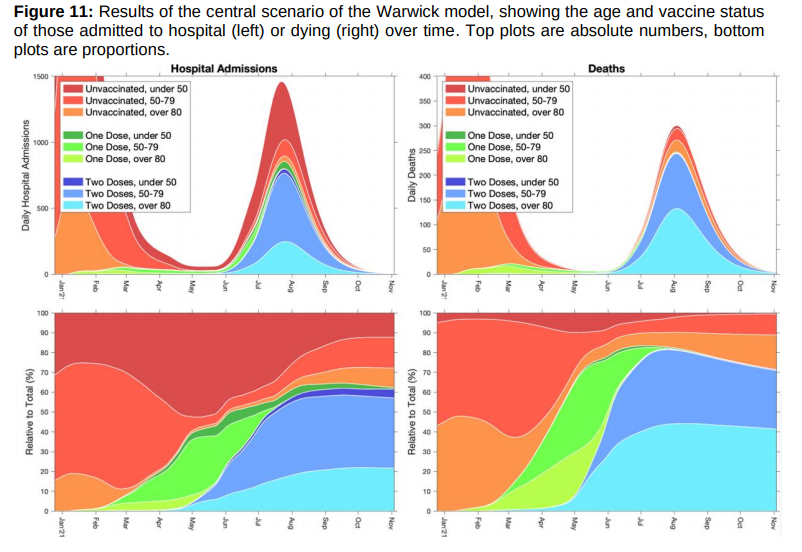I want to be sure what the question means, as the grammar is unclear. It's easy to misstate, or misread, percentages.
As I read it, 33.7% of the people in the country are vaccinated, but only 6% of the people in hospitals are vaccinated, presumably because unvaccinated people are more likely to be in the hospital (for several possible reasons).
[I don't think you mean that 33.7% of vaccinated people live in the country, and 6% of them are in the hospital!]
Then you are asked, if 50% of the people in the country were vaccinated (but some other unstated conditions remain unchanged), what percent of the people in the hospital would be vaccinated. [Not, what percent of all vaccinated people would be in hospitals.]
Is that correct? If there is anything in the context of the problem (such as the ideas JeffM asked about, or something else in the specific topics you are learning) that might clarify the meaning, and particularly what is to be assumed constant, that will help.
If this were from a probability course, I would be thinking in terms of Bayes theorem. In an algebra class, you might be expected to assume proportionality, but there is no good reason to do so. (Too many texts at that level don't teach the importance of determining that.)




